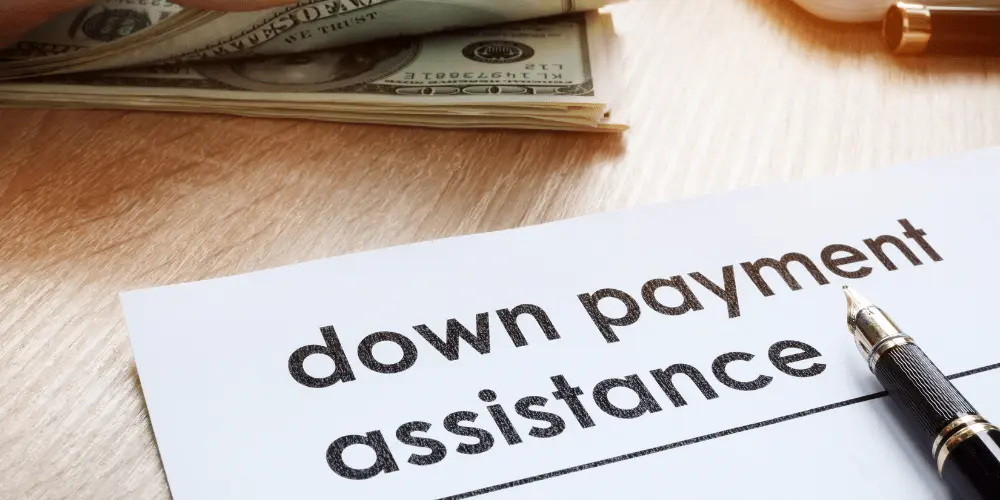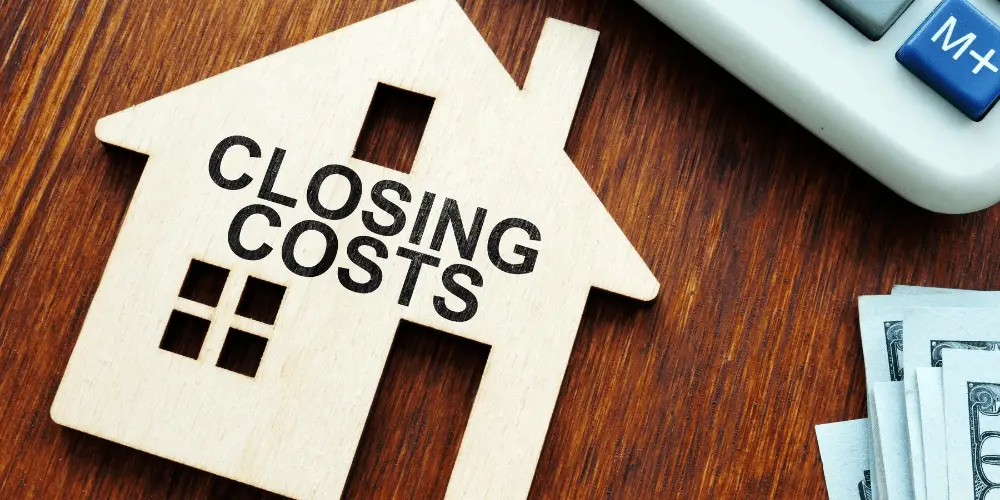
Buying a home for the first time can feel overwhelming, especially when it comes to saving for upfront costs. Fortunately, first time home buyer assistance programs exist in every U.S. state, and many cities or counties offer their own help as well. These programs provide vital payment assistance that can help cover both down payment and closing costs.
The U.S. government and many state housing agencies offer support through payment assistance programs, which might include grants, deferred payment loans, forgivable loans, or second mortgages. Some of these programs are funded at the state level, while others rely on partnerships with local governments, nonprofits, or federal agencies like the Federal Housing Administration (FHA) and Department of Housing and Urban Development (HUD).
You can find reliable information about many of these programs through USA.gov’s buying a home programs portal and the USDA’s Single Family Housing Program website. These national directories can guide you to state-specific programs based on your primary residence location, area median income (AMI), and eligibility requirements.
At its core, payment assistance is financial help provided to homebuyers who meet certain income, residency, or loan type criteria. This help may come in several forms:
These programs are designed to make homeownership more accessible to eligible buyers, particularly those purchasing in high-cost areas or entering the market with limited savings. For example, the National Homebuyers Fund (NHF) provides nationwide grant funds and below market rates through a network of participating lenders, helping thousands of first-time and repeat homebuyers.
A down payment is the amount of money you put toward the purchase of a home, usually expressed as a percentage of the home’s purchase price. For most conventional loans, lenders require anywhere from 3% to 20% down, though many government programs offer low down payment mortgage options.
For a $250,000 home, even a 5% down payment comes to $12,500, a major hurdle for many buyers. That’s where down payment assistance can make all the difference.
To better understand what you might owe upfront, check out Credit.org’s guide to the down payment on your first home, which explains how much you might need and how to prepare.
Down payment assistance programs help eligible homebuyers meet that initial lump sum requirement. Some are structured as second loans, while others offer direct grants that never have to be repaid. Still others may offer repayment only under certain conditions, such as selling the home within a set number of years.
Each state, city, or county program has different funding availability, application processes, and program rules. You’ll need to research what’s offered in your specific location.
Start with the Down Payment Resource tool to search for programs by ZIP code. Then, read Credit.org’s breakdown of different assistance types to understand which may apply to your situation.
Fannie Mae also offers resources and insights on how mortgage programs across the country support payment assistance efforts.
Closing costs are often overlooked in the budgeting process, but they can add up to 2%–5% of the home’s price. These costs include:
For a $250,000 home, that means an additional $5,000 to $12,500 in closing costs.
Some closing cost assistance programs are bundled with down payment aid, while others are offered separately. The Credit.org guide to unexpected expenses covers more of these charges and how to prepare for them.
If you qualify for a low down payment mortgage, make sure your payment and closing costs are both covered in your financing plan.
In many states, first-time buyers can access payment grant programs that reduce or eliminate upfront expenses. Grants are especially appealing because they do not require repayment, as long as program terms are followed.
For instance, many local housing authorities offer grant funds that cover 3%–5% of the loan amount. These funds can be applied to either down payment or closing costs, depending on the program rules.
The FDIC’s mortgage lending guide includes information about typical grant structures and how they integrate with loan products.

Each program has different eligibility requirements, but some common factors include:
Others are more flexible and open to qualified borrowers of any background, especially if you’re purchasing in a target zone or specific cities that need neighborhood revitalization. Many programs also set a maximum income limit based on your family size and local area median income, so even moderate earners may qualify.
If you’re not sure if you qualify, Credit.org’s First Step to Buying a Home guide can help clarify the process and identify where to begin.
Many programs are specifically designed for first time homebuyers, which includes anyone who hasn’t owned a home in the past three years. These programs often:
It’s also worth checking out state-level tax credit programs, which may lower your tax implications after purchase. Some states offer mortgage credit certificates (MCCs), which reduce your federal tax bill by allowing a percentage of mortgage interest to be claimed directly.
Even if you don’t technically qualify as a first time buyer, you may still be eligible for payment assistance programs. Some local programs support:
And some programs allow repeat homebuyers as long as they meet the income limits or buy in designated zones.
Check with your participating lender or local housing authority to explore programs offered beyond just those for first-time purchasers.
Most assistance programs require you to complete a homebuyer education course before closing. These courses help buyers:
You can meet this requirement through Credit.org’s First-Time Homebuyer Education Classes, which are HUD-approved and include personal counseling.
Education not only meets program requirements; it helps ensure you’re truly ready for the commitment of homeownership.
Several federal and state-level government programs exist to make homeownership more accessible. These programs provide access to:
For a full list of assistance options in your area, the HUD Exchange and Local Housing Solutions offer updated information about programs, funding availability, and qualifying criteria.
The type of loan you choose can affect what payment assistance programs are available. For example:
Discussing your goals with a participating lender early in the process will help you choose the right product for your situation and explore combined assistance options.
Most first time home buyer assistance programs are designed for primary residences, not investment properties. Eligible home purchases usually include single family homes, condos, townhomes, and manufactured homes affixed to a foundation. If you’re buying a duplex or multi-unit property, different eligibility requirements may apply.
Each state and city structures their assistance programs differently. In some specific cities, you may find:
The National Homebuyers Fund and Down Payment Resource both offer centralized tools to explore eligibility based on your ZIP code.
Always read the fine print; many payment programs include repayment clauses, resale restrictions, or tax implications for short-term resales.
Because many programs have strings attached — such as repayment rules, interest deferrals, or grants that become taxable — it’s wise to speak with a tax advisor. They can help you:
Buyers using layered assistance, like a payment grant combined with a first mortgage, may especially benefit from early financial guidance.
Whether you’re a single family home buyer, a first time homebuyer, or looking to return to ownership after a few years, there are hundreds of programs out there to help with your down payment and closing costs. But navigating them alone can be overwhelming.
Contact a HUD-approved housing counselor for help. Enroll in our First-Time Homebuyer Education Class to get one-on-one support, customized guidance, and help applying for the assistance programs that match your unique situation. It’s the smartest first move you can make on your path to homeownership.